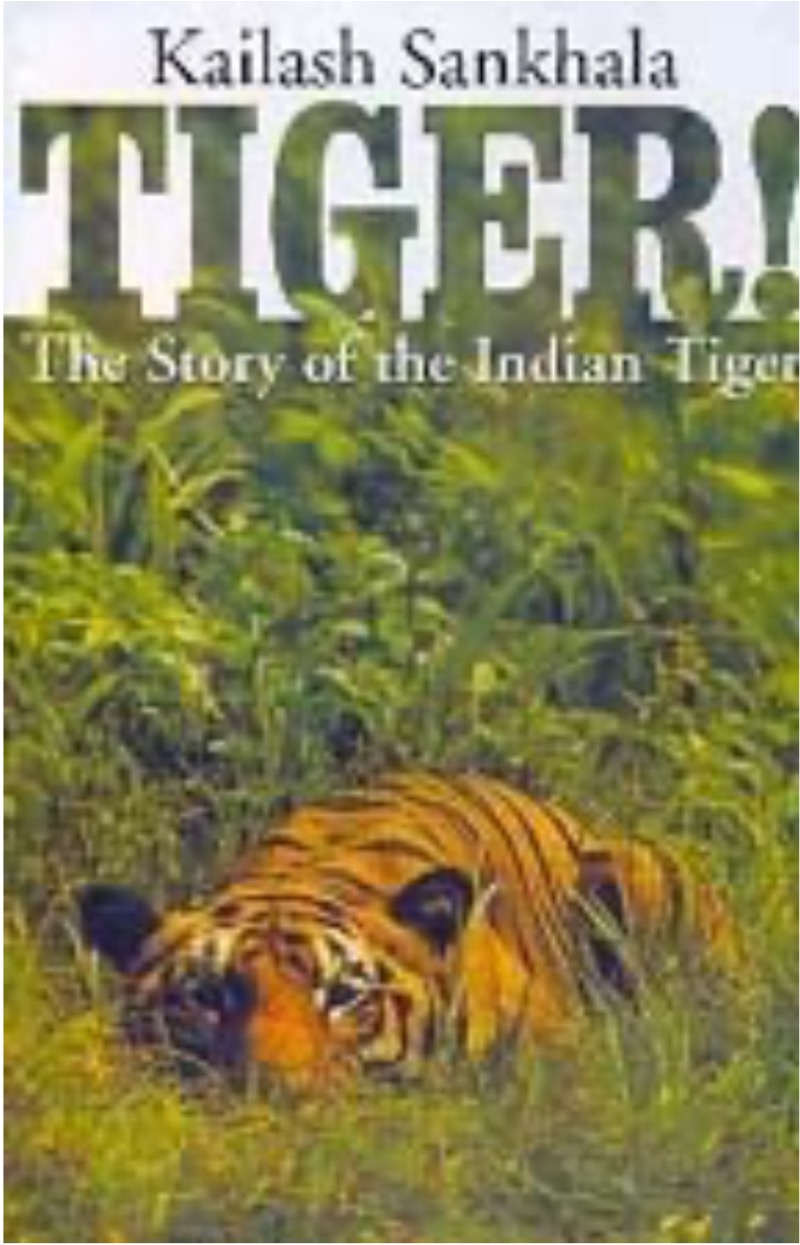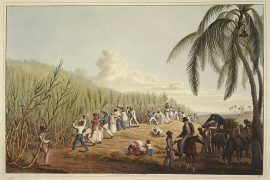A few years ago, a documentary called The Tiger King was released on Netflix. It spoke about how more tigers are in captivity in the U.S. than tigers that roam free in the wild in the world. Despite multiple efforts by conservationists, tigers are still bought and sold illegally. They are also poached for their skin and other body parts.
In India, Kings and Sultans hunted tigers as a sport. The British also had their share of hunting wild animals during the British Raj. After independence, hoards of foreigners stepped foot in the country for the thrill of killing elephants, tigers, lions and other dangerous animals. This was accelerated by travel agencies who advertised hunting as part of ‘Indian tourism.’
All this changed in the 1960s with the arrival of George Schaller. He visited the Kanha National Park and wrote a book called The Deer and the Tiger in 1967. His book detailed facts about the Bengal tiger and made suggestions for improving their conditions. Indira Gandhi, who was Prime Minister, asked people to stop hunting tigers during that time, and a few years later, in 1972, she implemented the Wildlife(Protection) Act. This was a huge step forward toward the conservation of species.
In 1973, under her Prime Ministership, the Government of India started Project Tiger, a flagship initiative to protect tigers. The first director of this initiative was a man called Kailash Sankhala.
Kailash Sankhala’s tryst with the wild started when he joined the Forest Service in Rajasthan in 1953. There, he allowed others to hunt by issuing permits. But one day, he had to shoot down a tiger himself. That shot left him with so much guilt that he decided to repent. From then on, he vowed to conserve tigers instead of killing them.
Since the death of that tiger, Sankhala has continued to protect many tigers. He appealed to the Wildlife Board in Rajasthan to stop allowing tiger hunting in 1956. That was one of the first times someone tried to stop the practice. He managed many sanctuaries in the next few years.
In 1965, Sankhala accepted the position of Director at Delhi Zoological Park. Though he occupied the position for a mere five years, he completely changed how zoos function in the country. Here, he stopped the practice of zoo animals performing for onlookers. Tigers lived in places that resembled their natural habitat.
Sankhala also researched tigers living nearby to understand their habitat and preferences better. He was one of the first people to study tigers in India. He wrote an article in the Indian Express in 1967 about how tigers and leopards are killed for their furs sold in markets across Delhi. The article occupied the front page of the newspaper.
After that, he spoke to the International Union for Conservation of Nature (IUCN), asking them to consider protecting tigers in India. These efforts brought attention to the issue in national and international media. It convinced Indira Gandhi, the Prime Minister at the time, to ban the hunting of wild animals entirely.
His study of the tiger earned him the Jawaharlal Nehru fellowship in 1970, enabling him to conduct nationwide research on the number of tigers still alive in India. The same year, he convinced the then Minister of Tourism and Civil Aviation to ban the export of tiger skin and their products.
Guy Montford, a famous ornithologist who was one of the founders of the World Wildlife Fund, convinced Indira Gandhi to protect tigers. Indira Gandhi promptly set up a task force called the Task Force of Tigers, which included Kailash Sankhala. A few months later, the Wildlife (Protection) Act was passed. And soon, Indira Gandhi established Project Tiger. Kailash Sankhala was her first choice as its director.
Sankhala established nine tiger reserves. Establishing a tiger reserve is not an easy feat. One has to relocate the human inhabitants, create boundaries and set up an administration from scratch. Sankhala took all these efforts and ensured smooth regulation.
Moreover, he conducted extensive research on tigers and wrote a book called Tiger! The Story of the Indian Tiger. The book offers unusual insights into the lives of tigers – from their pheromones to their mating calls – and educates the readers about tigers’ behaviour. Apart from other books on wildlife, Shankhla’s works consist of three books on tigers; all of them were written after he stepped down as Director of Project Tiger in 1976.
In 1992, he was awarded the Padma Shri for his contribution to the conservation of tigers. Two years later, he passed away at the age of 69. But his legacy continues to thrive. What started as nine tiger reserves have now been multiplied to 50.
Tiger! The Story of the Indian Tiger is now revised and renamed as The Return of the Tiger. It contains personal anecdotes about Sankhala apart from information about tigers.

Today, Kailash Sankhala is better known as the Tiger Man. After his death, his son carried forward his contribution to the preservation of tigers and, later, his grandson, Amit Sankhala. He is making special efforts to promote wildlife tourism.
One major issue in creating and maintaining tiger reserves is that people living in areas meant for the tigers have to be relocated. Relocation would not be necessary if these people were given the job of protecting the tiger for tourism.
Working towards the preservation of any species takes a lot of time and effort. That sort of labour would not be possible if there were no vision or greater goal in one’s mind for the species. Kailash Sankhala embodied his vision to save tigers. That is what truly makes him ‘The Tiger Man.’
-30-
Copyright©Madras Courier, All Rights Reserved. You may share using our article tools. Please don't cut articles from madrascourier.com and redistribute by email, post to the web, mobile phone or social media.Please send in your feed back and comments to [email protected]











